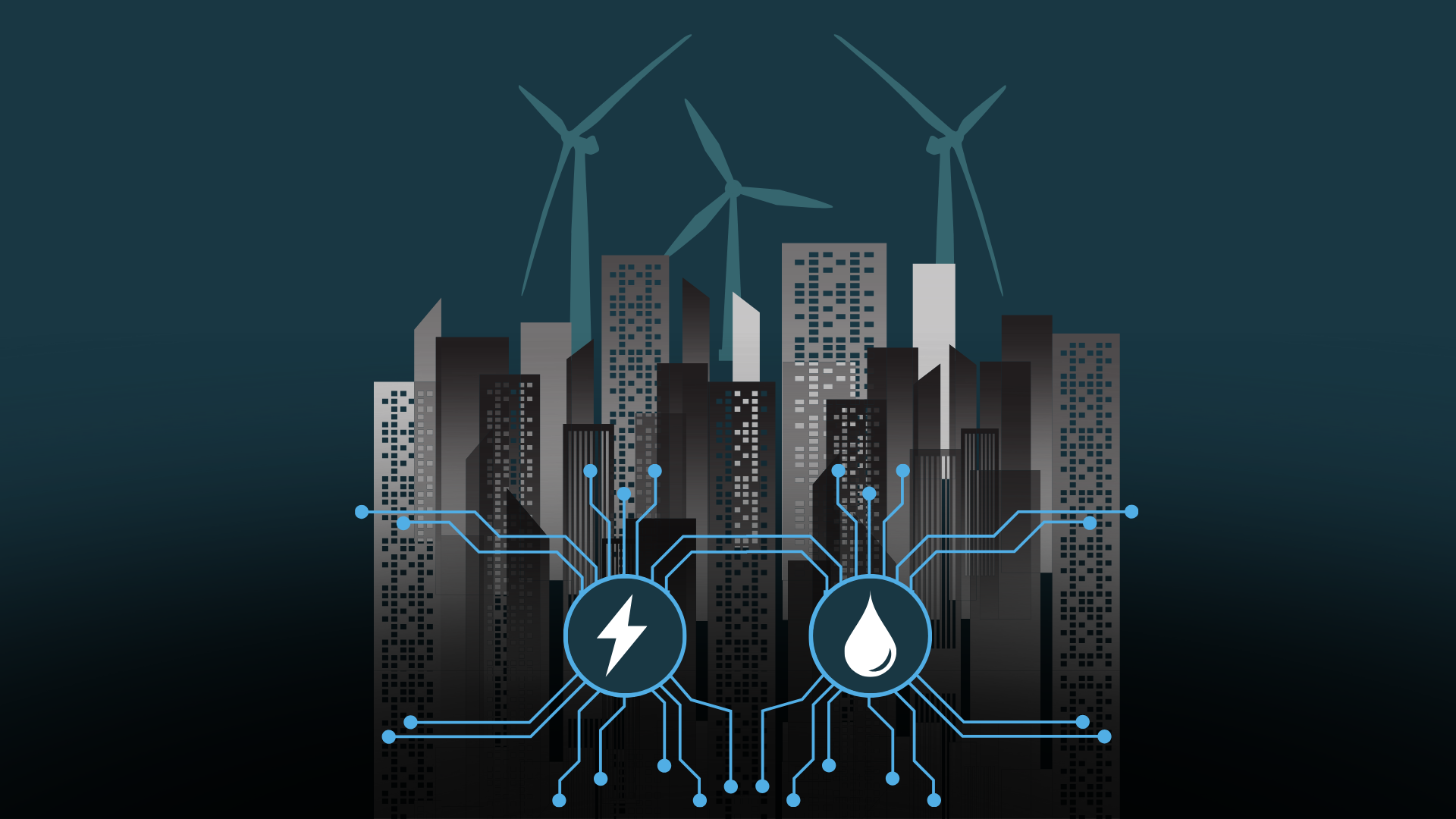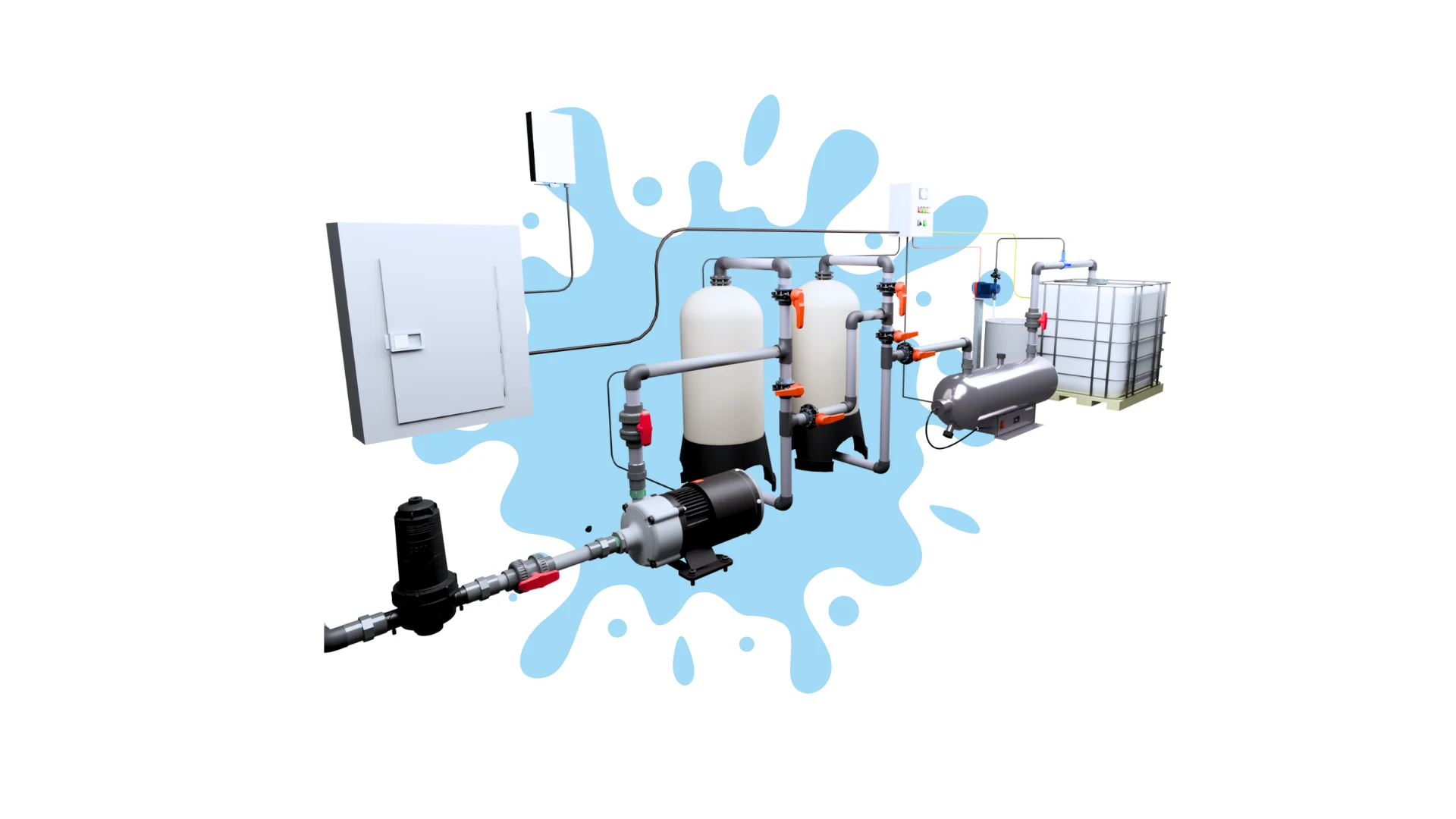Embracing Sustainable Innovations: How CAD Technology is Utilized in Designing Smart Greenhouses?
Computer-Aided Design (CAD) technology is revolutionising plant cultivation in the age of precision agriculture by integrating it into greenhouse design. With their increased control over environmental factors and ability to improve crop quality and output, smart greenhouses are quickly emerging as the backbone of contemporary horticulture. In addition to examining the advantages, processes, and potential applications of this advanced technology strategy, this blog discusses the technical aspects of designing smart greenhouses with CAD technology.
Understanding CAD Technology:
The term “computer-aided design” (CAD) describes the process of creating, modifying, analyzing, and optimizing a design with the help of computer technologies. CAD software is extensively employed in many domains like engineering, architecture, and manufacturing, offering accurate and comprehensive digital representation of materials in existence. CAD software makes it possible to create extremely accurate and detailed models for greenhouse design, which promotes thorough planning and analysis.
Key Features of CAD Software:
- 3D Modelling:
Greenhouses can be designed in three dimensions using CAD software, giving a precise representation of the building. This feature is essential for understanding the design and seeing possible problems before they get built. - Parametric Design:
Designers can establish important parameters and limits with this capability. Modifications made to one area of the design instantly update associated elements, guaranteeing accuracy and consistency. - Simulation and Analysis:
The greenhouse’s temperature, humidity, and light levels can all be simulated using CAD software. With the use of this capacity, design aspects can be optimised to produce the perfect growing environment. - Integration with IoT:
The combination of sensors and automated systems in the design is made possible by the ability of modern CAD software to work with Internet of Things (IoT) devices. The creation of genuinely smart greenhouses requires this integration. - BIM (Building Information Modelling):
Beyond 3D modelling, BIM provides detailed information regarding the components, materials, and performance factors of the greenhouse. Improved project management and decision-making are made possible by this complete method.
The Benefits of Using CAD in Greenhouse Design:
Precision and Accuracy:
The precision and accuracy that computer-aided design (CAD) technology offers is one of its main benefits in greenhouse design. Manual drawings are a common component of traditional design approaches; however, they can be complicated. These errors are removed using CAD software, which offers precise measurements and thorough illustrations.
Enhanced Visualization:
Better visualisation capabilities are made possible by CAD software, which enables designers to produce realistic 3D models of the greenhouse. Understanding the visual effects of various components and presenting the design to stakeholders are made easier with the help of this visualisation.
Efficient Use of Resources:
Through the use of CAD technologies, designers may optimise the use of resources like water, light, and energy by simulating different climatic circumstances. Greenhouse operations become more economical and sustainable because of this optimisation.
Customization and Flexibility:
CAD technology offers unparalleled customization and flexibility in design. Whether it’s adjusting the size and shape of the greenhouse or incorporating specific features like hydroponic systems, CAD software makes it easy to tailor the design to meet specific needs.
Integration with Automation Systems:
For greenhouse design, the incorporation of CAD with IoT and automation technologies is revolutionary. Fully automated, intelligent greenhouses are now possible thanks to CAD software’s ability to integrate sensors, climate control systems, and controlled irrigation systems into the design.
Designing Smart Greenhouses with CAD Technology:
The first steps in the design process are planning and conceptualization. Understanding the greenhouse’s unique needs, such as the kinds of crops to be grown there, the climate there, and the resources that are accessible, is necessary at this point. CAD software can aid in the creation of preliminary concepts and sketches by giving the ideas a visual form.
A. Detailed Design and Modeling:
Making detailed designs and models comes next when the conceptualization stage is over. With the use of CAD software, comprehensive 3D models can be produced that include all required parts, including lighting, irrigation, HVAC, and structural aspects. By allowing the change of important characteristics, parametric design tools guarantee that the design satisfies all requirements.
- Structural Components: A greenhouse’s foundation, glazing, and framing are all part of its structural design. With the use of CAD tools, one can simulate the design’s structural integrity and make sure that it is durable to regional weather factors like wind, snow, and seismic activity.
- Environmental Control Systems: Systems for controlling the environment are essential to preserving the best growing conditions in the greenhouse. HVAC systems, including their heating, cooling, and ventilation components, can be modelled using CAD software. The positioning and functionality of these systems can be optimised by designers by modelling the heat and air flow inside the greenhouse.
- Lighting and Irrigation Systems: The irrigation system and lighting are essential parts of a smart greenhouse. The distribution of artificial lighting can be modelled using CAD tools, guaranteeing that sufficient light reaches every part of the greenhouse. Analogously, irrigation systems can be engineered and refined to maximise water efficiency by integrating hydroponic or automated drip systems
B. Simulation and Analysis:
An important part of the design process is simulation and analysis. With the use of CAD software, designers may simulate different environmental conditions and assess how the greenhouse will function in various situations. This analysis considers variables including the spread of light, humidity, and temperature swings. The best environment for plant growth can be guaranteed by designers by seeing possible problems early on and making the required corrections.
C. Integration with IoT and Automation:
The integration of automation systems and IoT devices is one of the distinguishing characteristics of a smart greenhouse. These technologies can be included into the design using CAD software, resulting in a blueprint for a completely automated greenhouse. This integration consists of:
-Sensors: Real-time data for monitoring and control can be obtained by incorporating temperature, humidity, light, and soil moisture sensors into the design.
-Automated Systems: The CAD design can incorporate and model automated lighting, irrigation, and climate control systems. These systems provide ideal conditions all the time and can be operated remotely or by automated algorithms.
-Data Analytics: CAD software can assist in forecasting and optimising greenhouse performance through the integration of data analytics technologies, improving crop yields and resource management.
– Implementation and Construction: Building and implementing the greenhouse is the last phase of the procedure. Construction is carried out more precisely and efficiently thanks to the comprehensive blueprints and specifications provided by CAD designs. By guaranteeing that every component is made and assembled correctly, CAD technology lowers the possibility of mistakes and delays.
Future Prospects and Innovations:
With continuous improvements in CAD software and Internet of Things devices, the future of smart greenhouse design with CAD technology seems bright. Among the new developments and trends are some of the followings:
Advanced AI Integration:
It is anticipated that smart greenhouse design would advance with the incorporation of Artificial Intelligence (AI) with CAD and Internet of Things (IoT) devices. Massive volumes of sensor data may be analysed by AI, which can then make real-time adjustments to optimise growing conditions. This degree of automation will help smart greenhouses become even more productive and efficient.
Sustainable Design Practices:
With the growing importance of sustainability, computer-aided design (CAD) technology will be essential for creating environmentally friendly greenhouses. This covers the application of energy-efficient technologies, closed-loop water recycling systems, and sustainable materials. These sustainable design components can be modelled and optimised with the use of CAD software.
Augmented Reality (AR) and Virtual Reality (VR):
New methods for visualising and communicating with greenhouse designs will be made possible by the combination of CAD technology with VR and AR. With the use of these technologies, stakeholders will be able to examine and comprehend the design in a virtual setting. This can be very helpful for instructional and training purposes.
Precision Agriculture Integration:
Growing systems will become even more productive and efficient with the combination of CAD-designed greenhouses with precision agriculture techniques. Precision agriculture refers to the application of modern technologies for extremely detailed crop growth monitoring and management. Greenhouses that are specifically designed to support these methods can be designed with the use of CAD software, guaranteeing the best possible circumstances for every single plant.
Conclusion:
The use of CAD technology into the construction of smart greenhouses is revolutionising current horticulture. By creating exact and comprehensive models, CAD software enables the design of highly efficient and optimised greenhouse structures. The ability to incorporate IoT devices and automation systems improves the operation and efficiency of these greenhouses. As technology advances, the use of CAD in greenhouse design will surely play an important part in addressing the issues of sustainable and efficient agriculture.Smart greenhouses built with CAD technology foreshadow the future of farming, providing a glimpse into a world where technology and nature collaborate to produce sufficient and high-quality crops.



